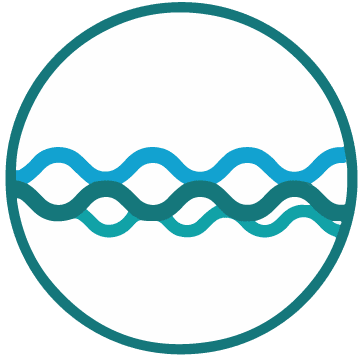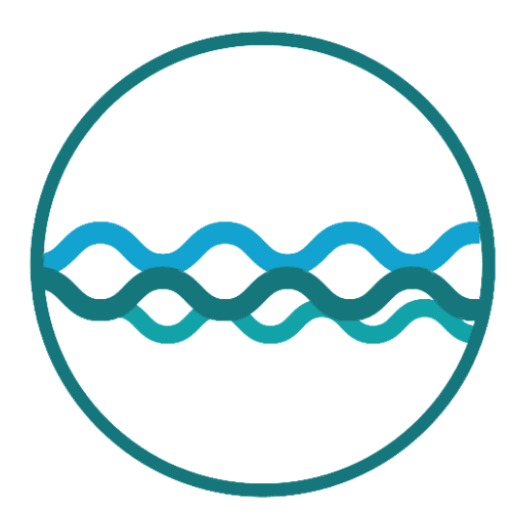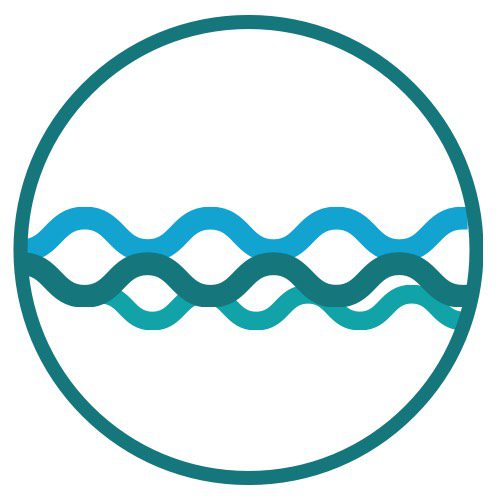What are the 5 stages of organizational development?
Organizational development is changes and improvement of the processes and structures that are part of an organization. It is a multifaceted journey, encompassing various stages, each demanding a unique approach for successful navigation. Going through a development process allows for enhancement of an organization’s performance by evaluating and modifying existing systems within the organization. It aims to address challenges, ensuring that an organization’s strategies and goals harmonize with its dynamic and intricate environment. Development of an organization is completely unique, and therefore the development process needs to be thoroughly tailored to meet the specific goals, values and purpose of the organization. Organizational development encapsulates both the ‘hard’ (goals, systems, strategy) and ‘soft’ (perceptions, people, behavior, culture) dimensions within a business. A holistic organizational development process seeks to blend the intricacies of tangible objectives with the nuances of human dynamics, fostering a comprehensive and effective approach to organizational enhancement.
These concepts, although relatively simple if you’re a systems thinker, always get painted in a more complex/formulaic light in white supremacy culture systems of education.
The 5 stages of organizational development
Structured concepts of organizational development evolved in roughly the 1930s from the world of psychology. Through this structured concept came the idea of the defined stages of organizational development. Even though the concepts of these stages can be helpful for comprehension, holistic and modern organizational developers know these stages are not rigid, and their expression can vary greatly from organization to organization. The exploration of the defined stages can help unravel the intricacies of how organizational development practitioners design and implement their strategies; let these stages, along with strategic systems thinking, empower you to become your organization’s own developer!
What is the first stage of organizational development?
Stage No 1. – Development of Goals, Methods & Norms of the Organization
This initial stage sets the foundation for effective collaboration and establishes a clear understanding of the team’s objectives and dynamics. Team members exchange information about their backgrounds, begin forming related bonds and relationships, and work together to outline the team’s mission/vision, goals, methods or practices, and norms. By becoming more related, it becomes more clear the influences, strengths and potential responsibilities of each member, highlighting how each individual contributes to the collective mission of the group.
No 2. – Brainstorming/Analysis of Where the Organization is Now and Direction It’s Going
This stage involves constructive brainstorming, where ideas around where the organization is and the direction of where it is going are proposed, discussed, and analyzed. This stage embodies the challenges and conflicts that can arise interpersonally as the team navigates through differing perspectives and strives to find its footing.
No 3. – Creation of a Clear Plan of Action & Roles
During this stage, people in the group start to settle into clear roles and responsibilities, with clear action steps of what to do next and when/how each person will be held accountable within the group. Leaders can begin to delegate responsibilities to members and come up with a clear way forward, including regular checkin points, milestones and accountability partners.
No 4. – Evaluation, Adaptation & Improvement
As more data becomes available on where the plan and team needs to pivot, the 4th stage creates a process for just this. It allows the team time to come back together and assess whether their action items are successful at moving them closer to this goal. Without regular willingness to pivot and change both the process, the team and/or the approach, an organizational development can quickly become obsolete. During this process it’s also essential to engage the opinions and feedback of people outside of the team, like consultants, who might have an important outside perspective on how effective the process is and where things might need to change.
No 5. – The End!
HA! We wish it was this clear. This ‘concluding stage’ represents the conclusion of the group’s life cycle. This phase may come when a project concludes, when group members depart, or when the organization shuts its doors permanently. If there is a clean end, it can serve as a time for reflection on achievements and the lessons gleaned throughout the journey. The reality is, if an organization stays open, it’s always developing. And, fair warning for all who are trying to do this on their own: this stage may never feel like it comes!
The limitations of 5 stages of organizational development
These stages of organizational development can mirror a team and organization’s evolution. Through deep understanding of the dynamic landscape of business process development, Triple Creeks acknowledges the power of the pattern of this process, while also recognizing its formulaic limitations – as in reality, organizational development is organic, dynamic and ever-changing. With Triple Creeks, this journey becomes a shared success story, blending tangible goals with the human touch for effective organizational and business process enhancement at every stage of the process.


